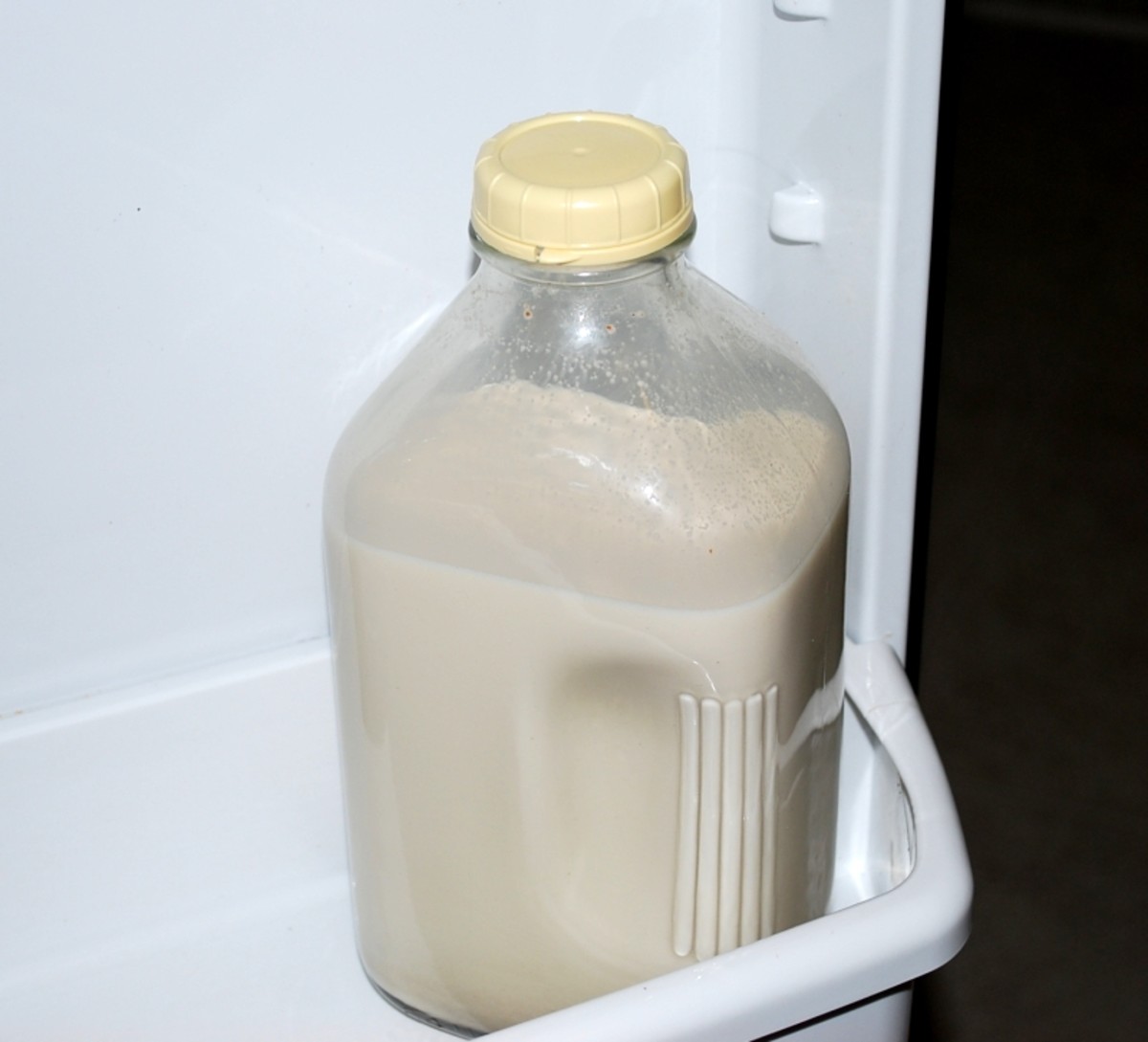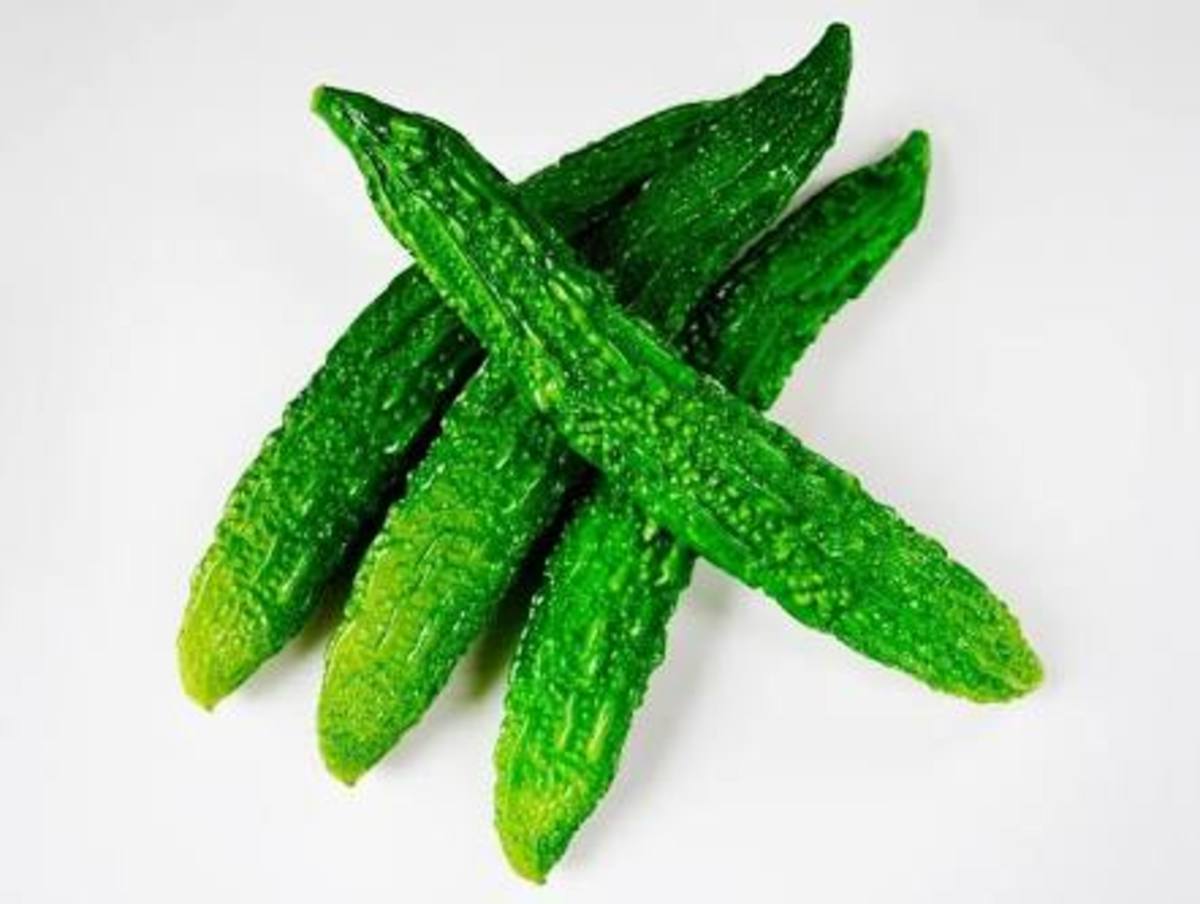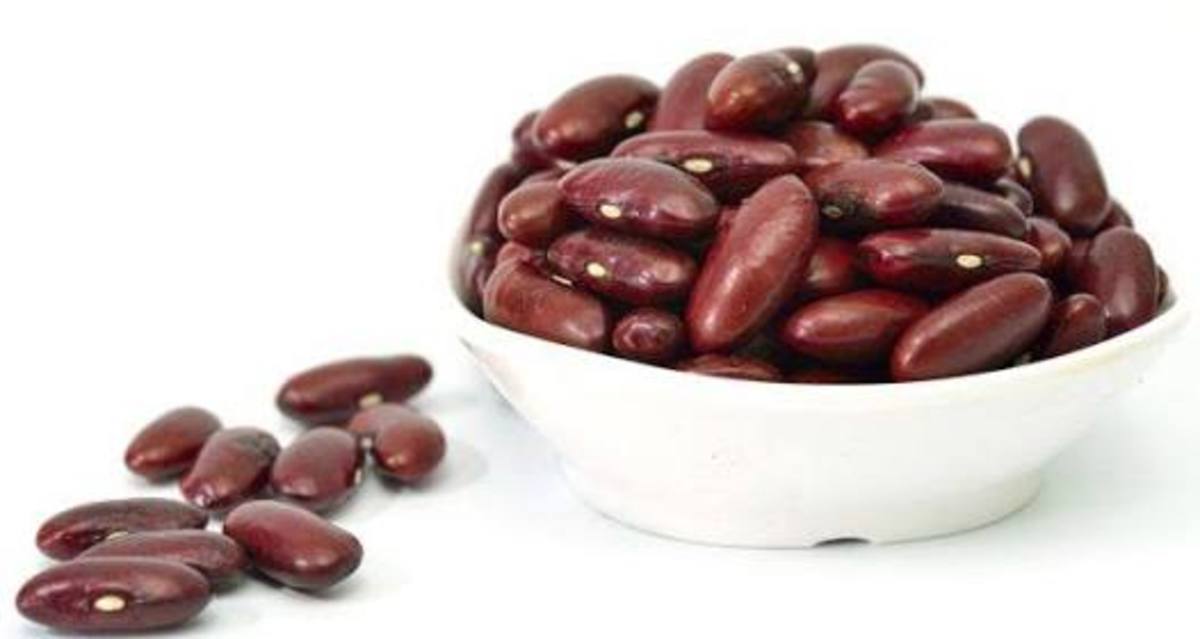No Meat November
I have always loved and adored meat for as long as I can remember. 6 months ago it just kind of popped into my head to try and do a Meatless March, aka Meat Free March, aka No Meat March. Why in the name of Zeus would I ever do such a thing one might ask?!?!
I was interested in doing a meatless March in an effort to see if I would feel better, feel differently, enjoy fruits and vegetables better, just to try something new.
The decision to move over to a meat free diet for me was both easy and not so easy at the same time. It was easy because like so many people, living on a budget can mean that purchasing quality meat can be very expensive. It wasn't so easy because sometimes biting into a freshly grilled burger is just plain fantastic.
So when I made the move, one of the biggest concerns I had was where I would get my protein from. I mean, a person can't really just eat fruits and vegetables all day, they'll never really feel full. So here is my top 10 sources of protein that don't come directly from meat.
10 Best Sources of Protein for Vegetarians
10 - Tempeh and Tofu
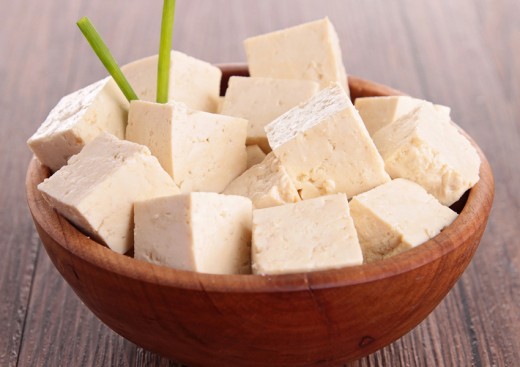
So I haven't had tempeh yet, but I have vegetarian friends who swear by it. I have however had tofu, mainly as the protein when I go to Chipotle (sofritas). On average tempeh and tofu have about 15-20g of protein in a half cup. It's a flexible product that often absorbs the flavor and seasonings of what it is cooked in with.
9 - Edamame
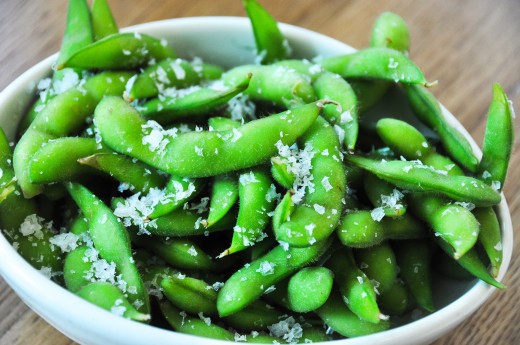
Edamame is a strange little soybean that can be eaten by itself or cooked into a recipe. If alone, just boil it up for a few minutes and sprinkle it with salt (I suggest Kosher flake salt or pink Himalayan salt) either hot or cold. They can be mixed into a light, cold pasta salad or into a warm, comforting soup too. If you'd like to simply try them, I'd suggest picking up some as a snack item, similar to this one.
8 - Chia Seeds
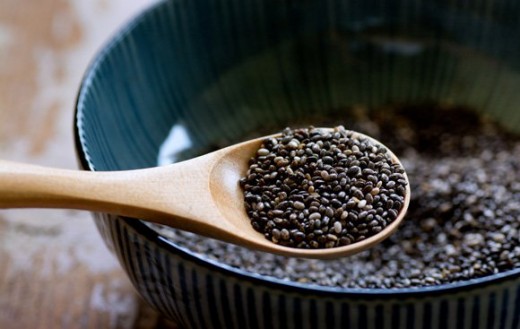
So chia seeds, and yes, it's the same seeds used to make Chia Pets, is more of a protein additive rather than a food per se. What I mean is that I add chia seeds to all kinds of things as a simple bonus protein. For example, if I make a salad, I will sprinkle a pinch onto the salad, adding about 2-5g of protein. If you let them soak into something moist for too long, like say a milkshake or yogurt, it will make whatever it is just the slightest bit slimey. The best use is simply like I said, just sprinkle it onto or into whatever you're eating and that's it.
7 - Leafy Greens
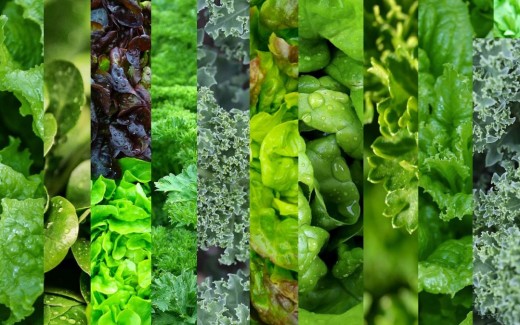
Leafy greens deserves a top 10 list all its own. The most nutrient rich of the leafy greens is spinach. This hearty leaf is very versatile and can be used fresh and rinsed in a salad or cooked and added to some eggs for a delicious breakfast or simmered and wilted into some lasagna. With spinach, the ways to use it are pretty limitless. Comparable to spinach is collard greens, not quite as versatile as spinach, but the both of them pack about 5g of protein in 1 cup.
There are multiple forms of lettuce out there that qualify as a leafy green, but they don't pack the amount of protein like spinach and collards. A lot of people consider kale a leafy green, but I just think kale is downright nasty. So go make a salad, it's tasty and good for you!
6 - Protein Powder
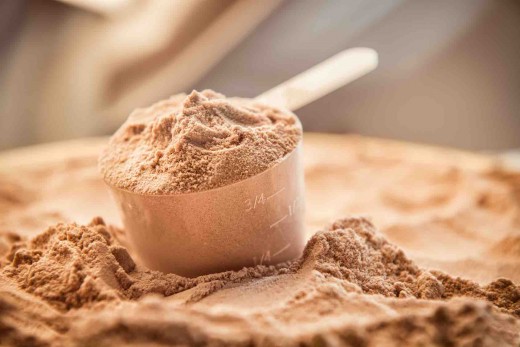
Protein powders are a personal favorite of mine. If you did a simple and cursory search online for protein powder, you will get far more than you've bargained for. So let me lay this out simply to spare you a bit of searching.
Whey protein is derived from the production of cheese. This is far and away the most common and most popular form of protein. These are best suited as a meal replacement namely for breakfast and/or lunch. Typically I would put two scoops into a blender, shaker or something like a Magic Bullet along with half water and half milk, and maybe half a banana or some other fruit. Many whey proteins come in a variety of flavors, but I strongly suggest sticking with vanilla as chocolate and other flavors are VERY often chalky tasting. My personal favorite is Syntha-6 from BSN. It's a little pricey, but it's very good. A suitable budget friendly option is Body Fortress which can be found at both Walmart and Target. Typical whey protein will yield about 20-30g of protein per scoop.
Casein protein is derived from milk and is a much slower processing protein. For me, the hands down best use for this is to have a scoop with some milk or water RIGHT before bed. Doing so will allow you to wake up with almost no hunger so that you can wait to have you breakfast shake mid-morning or so. My personal favorite is Gold Standard from Optimum Nutrition. This will provide 24-30g of protein per scoop.
For those who are lactose intolerant, egg protein is a good choice as it's derived from, well, eggs. I have never had this before, but it appears to average about 15-20g of protein per scoop, but it's also about double the cost of either whey or casein protein.
Soy protein, pea protein and rice protein powders are all perfectly suitable not just for vegetarians but also for vegans too. Each of these three are derived from products of the same name. Each of these are going to vary in the grams of protein provided, and the more specialty they get, the more expensive they'll be.
5 - Chickpeas
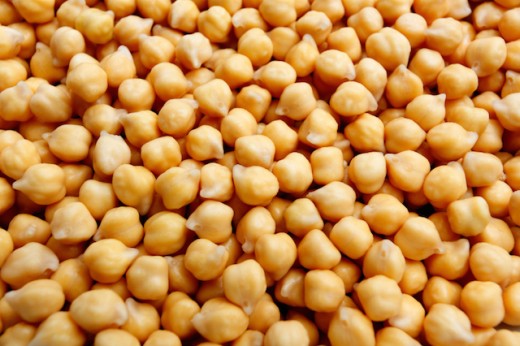
Chickpeas are also known as garbanzo beans. They are unique enough however to be listed aside from beans in general. The most common use for chickpeas is hummus which is obviously fantastic. However, my recently discovered favorite use for them is as a topping on salad. So what I do is take a can of chickpeas, boil them for about 5-8 minutes then cool them under running water. Prep a big salad and put a handful (about 1/2 the can) of chickpeas on top. You'll get about 20g of protein and a simple salad will make you plenty full.
4 - Eggs
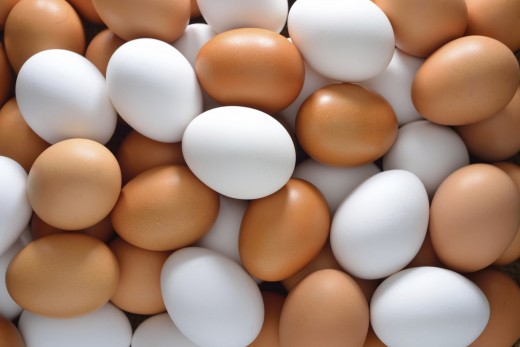
Eggs... eggs... eggs...
I think that it's very safe to say that I don't have to waste your reading time and going on and on about eggs because you no doubt already know all about eggs. What you may not have known is that a standard chicken egg has about 6g of protein. These eggs are extremely common and can be found just about anywhere nowadays. Typically the biggest struggle is whether to buy white eggs produced from hens that probably don't live the most humane of lifestyles. Brown eggs are often organic and are considered to be much better.
Alternatively, you could also try duck eggs which are much more rich and a bit larger than chicken eggs. I've personally had duck eggs and I have to admit, they were pretty good especially with a little dash of salt. You could also try an emu egg which is the equivalent to about 12 chicken eggs, or a goose egg which is very similar to duck but a little bit larger. The big daddy of them all though is an ostrich egg which is equal to about two dozen chicken eggs and no joke, can take up to 2 hours to hard boil. On the tiny side of the spectrum is pheasant eggs which are deep yellow and are about half the size of a chicken egg.
There are a ton of other eggs out there, mostly considered exotic, that are all great sources of protein. Go on a crazy eggs from every fowl eating spree, I dare ya!
3 - Beans
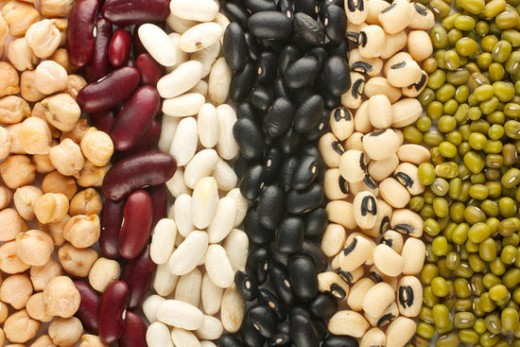
Beans come in a wide range of varieties; black, pinto, fava, kidney, lima, mung and a ton of others. Beans can be used in SO MANY different cuisines, the uses are nearly limitless. In fact, there's a guy I work with who eats a can of white kidney beans every single day. He puts on a little bit of mustard and mayo, mashes it all together and that's it. It's not really my bag, but using beans in other applications is fantastic. Mexican night can use both black and pinto, a soup could use just about any, adding kidney beans to a sauce for an Italian dish, really the list goes on and on. Beans, beans, the magical fruit, the protein you need that will make you toot.
2 - Non-Dairy Milk
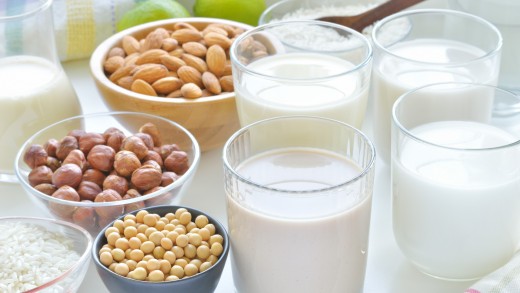
I'm not personally lactose intolerant, however I've never generally been a fan of milk. But then I caught this video (please note it contains some graphic images). After seeing that, I just can't bring myself to consume bovine milk any longer. There are countless articles out there supporting why humans shouldn't consume the milk of other mammals. In any case, here are some non-dairy milk options.
Soy milk is derived from soybeans and water. At 6g of protein per cup, this thick and rich milk is becoming increasingly common and drinks very smooth.
Almond milk is the result of crushed/ground almonds and water and as a buddy of mine says, this isn't milk, it's almond juice. Although he may be right, it doesn't reduce how great it is. Almond milk ranges from 1-5g of protein per cup depending on the brand and/or style, but overall is fantastic. One thing to note that I just learned the other night is that when making pudding, almond milk isn't the best. The pudding powder doesn't really mix very well into almond milk which results in a pretty strange after taste from the pudding.
Rice milk is made from, well, rice. It has very low nutrients and only packs about 1g of protein per cup. Let's be honest, it's glorified water, however it's a perfectly viable option for people who may have a variety of allergies (dairy, soy, and nuts to name a few).
Coconut milk is growing rapidly in popularity and can be found fairly commonly alongside almond and soy milk. This is usually pretty creamy and fragrant and is pretty delicious. The protein usually comes in around 5g per cup which isn't so bad.
1 - Quinoa
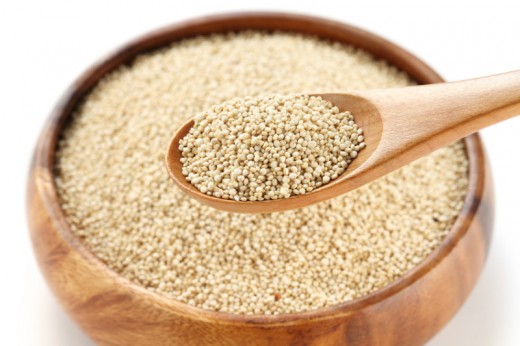
First thing first, it's "keen'wah". Before I knew for sure, I called it "keen'oh'uh". Quinoa is a gluten-free grain that has become incredibly popular in recent years, especially with the whole GMO issue being so hot. Yes, it is a grain, however it is a relative of chard, spinach and beets; it's a very unique a versatile food. 1 cup of cooked quinoa contains 222 calories and has a whopping 8g of protein! Quinoa comes most commonly in three forms; white, red and black. I personally like white the most namely because of it's ability to effectively replace rice in almost any dish. Quinoa has this nutty, earthy flavor and by itself, it's pretty bland. The very first recipe I ever did with quinoa was Quinoa and Black Beans.
Look, I know there are a ton of arguments out there on both sides of the debate on whether or not people should eat meat at all. Meat is a great source of protein and other nutrients that our bodies need. But there is the aspect of the slaughter and mistreatment of the animals along the process. For me, it's about how I feel and knowing that I feel better. Like I said above, I haven't particularly lost weight, but I do feel better most days. I feel like my system is more clean, I'm forced to eat fresh more often and I'm very pleased to have made this life decision.


